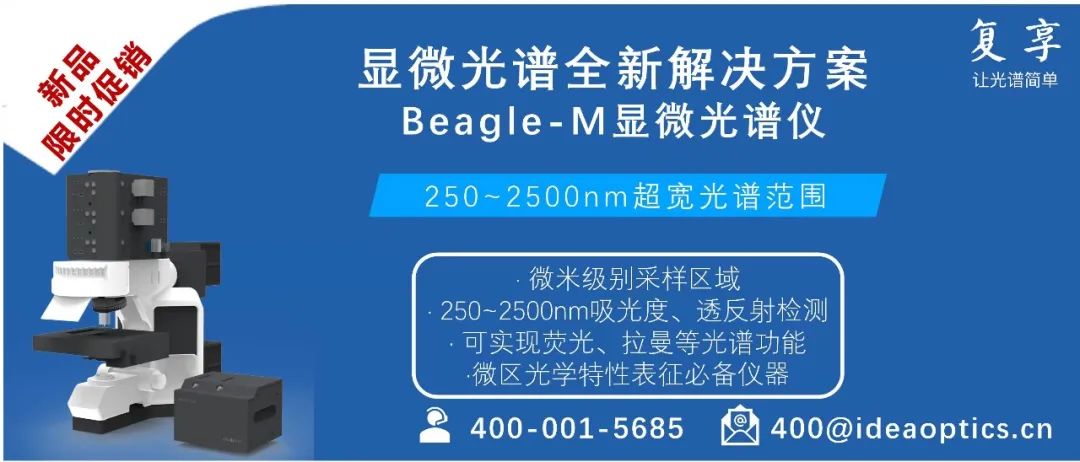
Compared to conventional solid-state electrolytes, elastomers have attractive advantages in ensuring stable interfacial contact and maintaining fatigue durability, but low ionic conductivity hinders their practical application in long-life lithium metal batteries.
Professor Wang Feng of Beijing University of Chemical Technology, Associate Professor of Oxford, and Professor Yang Shubin of Beijing University of Aeronautics and Astronautics prepared a rubber-derived lithium conductive elastomer (NBR/IBIL mixed electrolyte) by vulcanizing nitrile rubber (NBR) with a polymerizable ionic liquid (1-allyl-3-vinylimidazolium bis(trifluoromethanesulfonyl)imide (IBIL)) to simultaneously provide high resilience and significantly improved ionic conductivity. Studies have shown that the resulting NBR/IBIL hybrid electrolyte provides stable contact with the electrode and rapid lithium-ion transport, resulting in high performance of solid-state lithium metal batteries, including a symmetrical battery with a long cycle life of 2000 hours and a full battery with 300 cycles.
Article Highlights:
1. The NBR/IBIL mixed electrolyte inherits the elasticity and fatigue durability of NBR through the chemical crosslinking network of NBR chains and IBIL fragments generated by the free radical addition reaction during vulcanization. The resulting lithium conductive elastomer has high resilience (0.92 MJ m-3) and long-lasting cycle durability (1000 cycles) at 50% high strain.
2. Due to the fast lithium-ion pathway laid by IBIL fragments, the elastic NBR/IBIL hybrid electrolyte achieves a high room temperature ion conductivity of 2.7×10-4S cm-1.
3. Given the wide variety, variety of structures and modifiability of rubber materials, this vulcanization method can be extended to explore a series of lithium conductive elastomers with highly adjustable mechanical properties and good ionic conductivity for practical applications in solid-state lithium metal batteries.
Figure 1 Material synthesis and characterization
Fig. 2 Physicochemical properties of the electrolyte of NBR/IBIL mixing
Figure 3 Mechanical properties
Figure 4 Symmetrical battery performance
Figure 5 Li/LFP full battery performance
--3D Printing White Paper--
--Help Testing Technology--
Original link: https://doi.org/10.1002/advs.202200553
Source: Frontiers of Polymer Science